By Ross MacBeath
On the 13th March at the Board Meeting at the Loch Lomond and Trossachs National Park HQ in Balloch, the Your Park update report (see here) stated the “Loch Chon campsite is on course for completion and handover………….for 1st March” . At the end of the meeting, in what appeared to be an orchestrated statement, it was reported that the Board had made a site visit and all was found to be in order. It will be interesting to see if this is recorded in the minutes when they eventually appear.
Having visited the campsite on the 12th March ’17, the day before the board meeting, I knew the statement to be untrue and have published over a hundred photographs which are proof of this fact. Its very worrying that Board Members who visited appear to have so little knowledge of camping that they were oblivious to the multitude of obvious problems and then that senior staff and the entire board have colluded to hide the fact that all was not in order with the completion and handover of the development at Loch Chon.
Now, over a full month after Scottish Ministers were promised 300 new pitches were to be provided, allowing the Byelaws to be brought into force, the Loch Chon site has still not been delivered and many of permit zones are unsuitable for camping (see here) and (here) for examples. The majority of pitches at Loch Chon remain both unusable or undesirable as camping pitches – as of 2nd April 2017
General Conditions of site
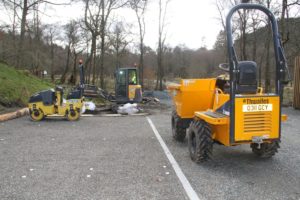 The area remains a building site with tracked vehicles, tippers and aggregates at one end of the toilet block and an unwelcoming mess at the entrance container known as the site office and bin store. We are into April and the only pitch that’s truly serviceable is pitch 21 which is coincidentally the only pitch on the entire campsite the LLTNPA did not create.
The area remains a building site with tracked vehicles, tippers and aggregates at one end of the toilet block and an unwelcoming mess at the entrance container known as the site office and bin store. We are into April and the only pitch that’s truly serviceable is pitch 21 which is coincidentally the only pitch on the entire campsite the LLTNPA did not create.
The Park Authority’s hypocrisy knows no bounds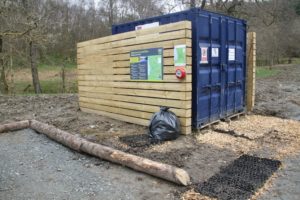
After chastising Campers and Visitors for leaving black bags of rubbish by overflowing bins and handing out penalties, here we have the Park Authority leaving their own bags of rubbish by the bin store, the entrance to which is strewn with various building materials creating a great first impression for visitors.
This is typical of what we now see in the undesirable culture created by the National Park Byelaws, where the law makers and their landowner or business partners don’t have to comply with any laws they have created for park users.
Drinking water issues continue to plague Loch Chon campsite
Although the site is claimed to be fully operational, there is no treated drinking water to the external taps, preventing container filling and dish washing. 3 of the 4 toilets remained locked. The 4th is open with flushing cistern and working wash hand basins. I suspect a re-plumbing exercise has diverted the drinking water to the toilet block, though the LLTNPA still insist the issues only lasted a few days despite the almost weekly video reports to the contrary.
The promised sympathetic integration of containers into the site has been greatly exaggerated, this solution for buildings in a National Park is just tacky, it’s not appropriate for a National Park and ruins the aesthetic of the entire development.
Cross contamination of materials used on site.
The uncontrolled spread of construction materials beyond the confines of paths and roads is a major concern at this development and this will be the subject of an environmental post shortly. What’s going on now is the cross contamination of finished works with a new quartz aggregate material introduced to the site. The use of quartz aggregate in an ancient forest needs to be avoided. It’s an alien material and grates at every view but when it’s spread through the environment in this manner it should be a crime.
How is this possible when there is an appointed clerk of works with responsibly for overseeing all variations to the original planning application and agreeing and documenting all construction work meets environmental standards? The need for a remedy is clear and mixing of this aggregate with vegetation can only be restored by picking it up stone by stone rather than the heavy handed machine operation that has damaged the site unnecessarily in other locations.
Environmental Damage created through attempting to clear contamination by alien materials
These images show an attempt to clean up hardcore.deposited on a slope.
The original contamination on the left and the disastrous attempt to remove it effectively has caused destruction to the hillside in the process. It remains unclear why the hardcore was deposited on vegetation in the first place, given the area, probably a path placement error.
Pitch problems and solutions
The LLTNPA has introduced grit to camping pitch surfaces: grit is a disaster for camping as it’s carried into the tent sleeping area and sticks to everything – what are they thinking?!
Many of the proposed pitches were covered in rough grasses, mosses and rushes: successive cutting of the coarse grasses have removed the rough edges but the reality is they are still not suitable as a surface for pitching a tent and will deteriorate rapidly through the growing season.
Uneven surfaces and slopes: inappropriate aggregates and graded building materials have been spread over peat and moss to even out the ground but fail to to make it level.
Wet areas: with the exception of Pitch 8 and 10, wet areas remain untouched, I guess it’s a wait and see and hope summer weather will dry them out. It probably won’t, they’re built on natural water courses, as was pitch 10.
Brambles: still pose a great threat to the pitches it looks like they are just being covered over rather than removed. It won’t work, brambles need intensive management.
Access to popular camping spots denied by the National Park Authority
The image below shows a typical and popular loch side camping spot now banned by the bylaws. It’s high amenity, provides a level, short grass surface over firm ground, the surface is even with sufficient depth to take tent pegs. it also covers a large area and so provides for cooking and sitting around the tent to eat. The proximity of the loch shore and open areas allow for play and other activities making for a good visitor experience.
This is a former Forestry Commission camping pitch where camping is now banned. It is sited within view of the useless ‘Three Lochs Forest Drive Zone L’ by Loch Achray
Pitch 1 just not up to scratch
In stark contrast the National Park’s paid for replacement is just not suitable. These low lying areas are sited well back from the shore on wild tussock grass which, by it’s very nature, is unsuitable for camping. It is uncomfortable if not impossible to sleep on. There is no firm ground to light a stove, place a seat or even sit or lie down on a beach towel. Then consider these photographs were taken in the dormant season (March 12th/April 2nd) after winter die back, when new growth takes hold matters will rapidly worsen. The old adage, good campsites are found not made holds true and if you insist in making them them they take years to create and require much more work than than a brush over with a strimmer.
Pitch 4
Pitch 4 has been trimmed leaving the solid core of tussocks with depressions of 8 to 10 inches the pitch remains unsuitable.
Pitch 5 fares only slightly better over a confined area.

The crux of the problem is the Park Board and senior staff clearly know nothing about camping and the vision the Park Authority has for its camping provision is far from the expectation and previous experiences of visitors who have enjoyed camping at popular loch side spots for decades. The most used camping places were popular for a reason, they were good for camping.
Pitch 6 – improvements or just hiding the problem?
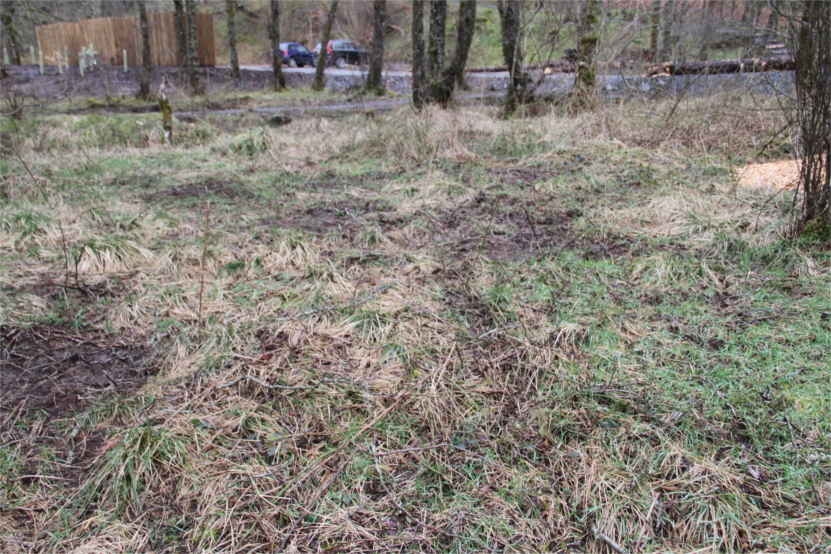
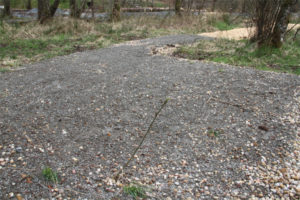 Pitch 6 -19th March compared to modified pitch 2nd April
Pitch 6 -19th March compared to modified pitch 2nd April
Pitch 6 has been covered with grit. It’s not a material you want inside the tent and yet that’s exactly what’s going to happen here.
A bright quartz aggregate overlaid with a graded building material, it is not constrained at the edges and so is likely to spread out over the adjacent areas. It is also likely that the finer materials will be washed into the aggregate with rain leaving an inappropriate bright quartz aggregate finish to the area. This pitch surface requires to be a natural material in an ancient wood and where works have been carried out that should be grass This grit is going to cause no end of aggravation to campers as it’s carried in to the tent and deposited in the sleeping area, wholly inappropriate.
The evidence of bramble stalks showing through the surface indicates the underlying ground cover of brambles will remain an issue as the removal of a bramble infestation can take up to 2 years of concerted effort of cutting back and digging out roots. Simply burying the problem out of sight will get you through the site handover but they will grow through in a matter of weeks.
Pitch 7
Pitch 7 has been reworked
Disabled sites 8 and 9 have had a makeover
The two disabled pitches were an embarrassment see video of pitch 8 here.
The NP have attempted to constrain and divert the water course around pitch 8 while raising the finished surface of the pitch and that should solve the water problem. It is unclear whether the hardcore layer extends below the entire pitch. If it does we can only hope the soil depth remains around six inches otherwise pegging out the tent base will be an issue. As to the brambles, these will almost certainly grow through the hardcore layer to the surface once more unless the entire subsoil was removed.
Park Authority re-sites pitch 10 and Pitch 12
Pitch 10
Unbelievable but true, the site of the former pitch 10 was a peat bog. Unfortunately when the Park Authority designates a pitch a mechanical digger drives across it for good measure. The whole area should never have been selected in the first place, it’s just incompetence and results in a large area of unnecessary environmental damage.
Pitch 10 re-work
The new pitch is undoubtedly drier but unfortunately in the middle of a bramble patch with the trees to one side and the bog to the other.
Brambles, an invasive species.
While it should be obvious with ground sheet piercing thorns, brambles and tents don’t mix and are to be avoided. It is unacceptable to construct a pitch containing or even adjacent to brambles as they will cause both financial loss to the camper and possible injury.
Pitch 11
Pitch 11 remains an uneven wet mess.
Pitch 12
Pitch 12 is re-sited from a slope to a more suitable area near by. All that is now required is to reinstate the environmental damage to the old site (see LH image) and trim up the new site removing moss and grass clumps.
Pitch 13
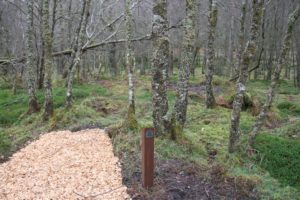
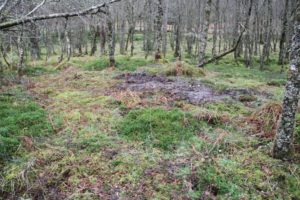
Pitch 13 remains unusable even after trimming
N.B. Pitch 14 and 15 are reversed on site
Pitch 14 re-work includes surfacing with quartz aggregate infilled with fines
Having decided to do something about the problems at some of the pitches the National Park Authority has still failed to take on board the issues with their camping provision. It’s simple. Pitches require to be level, even, dry and able to take tent pegs with area of about 5 m X 5 m as a minimum to allow for cooking and other activities by the tent.
The problem with Pitch 14, as with so many at Loch Chon, is size and the slope. It’s just too steep to be a viable camping pitch. In an attempt to make the pitch surface even, the Park Authority have covered the area with their inappropriate quartz aggregate / gravel mix and while it is now even they have completely failed to correct the slope which is far too steep to be used as a camping pitch.This is a double slope, across the hill and down the hill, and will cause campers to role into each other and push the tent sides into the fly, letting water penetrate.
The second problem is that the topping used to provide an even surface is not constrained and will inevitably spread out over the surrounding area, reducing effectiveness and contaminating a far greater area.
Pitch 15
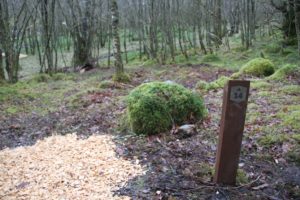
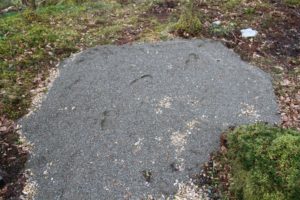
Marked 14 on post in error!
Similar solution to pitch 14 with grit. Recent works have made the pitch level but the surface is not constrained so very quickly the whole of the aggregate will spread down the slope leaving the pitch back where it started. The size of this pitch has been confined to around 5 square metres from the 25 or more square metres available. A tent pitch requires to be at least twice the size of a tent footprint giving a desirable minimum of around 12 square metres and an optimum minimum of 25 square metres for a two/three man tent.
The site selection is again poor with the lower point of the first image in a water course.
This project was doomed to failure but no one expected it to be quite so dramatic
The sad fact of the matter is that the Loch chon site was selected not on its merits as a camping site, nor due to demand for camping in the area.
It has been created for one reason, and one reason alone, to enable the LLTNPA to be able to say to the Minister that it had created a new campsite by the 1st of March.and in doing so the environment of the ancient woodland at Loch Chon was no more than collateral damage.
How has this happened?
To create the Loch Chon campsite it is my opinion that the National Park Authority have engaged in a willful deception of the public and other stakeholders at every stage of this unwarranted development.
The LLTNPA have exaggerated the numbers using the area and any environmental concerns arising from that use.
They have deceived local communities and interested parties as to the care and attention they would exercise on the site to protect the greater environment while providing a sympathetic development.
They have intentionally misconstrued their own ranger figures making claims of equivalence of this site to the Forestry Commissions site at Sallochy.
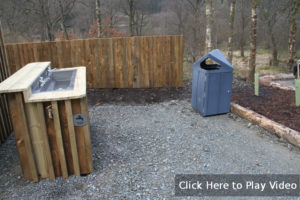
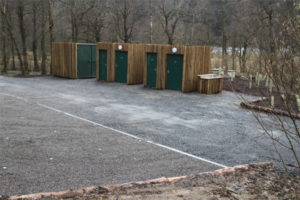
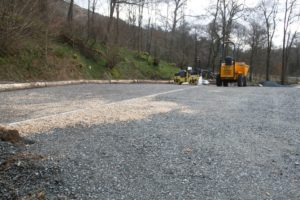

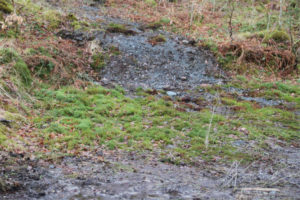
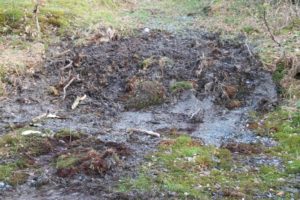

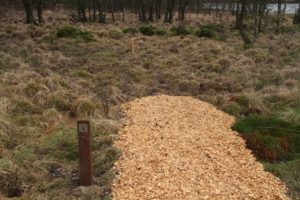
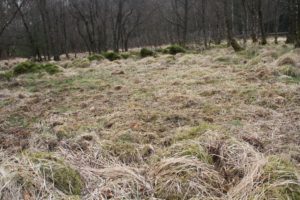
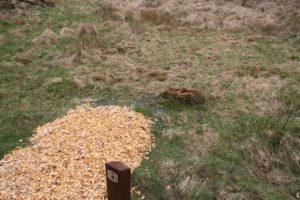
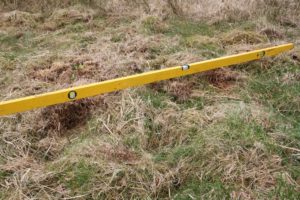
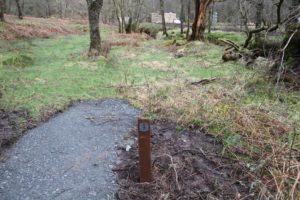
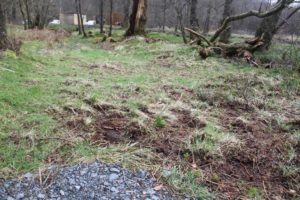

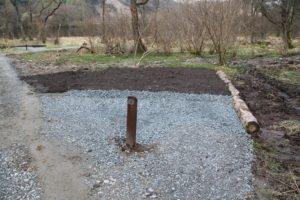
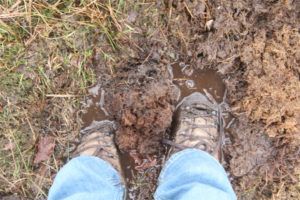
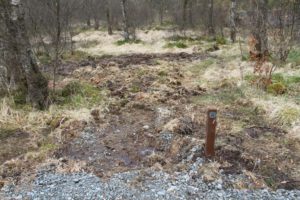
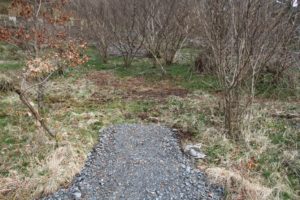
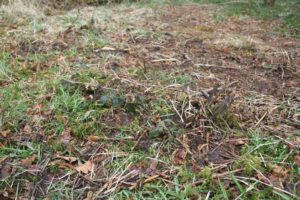
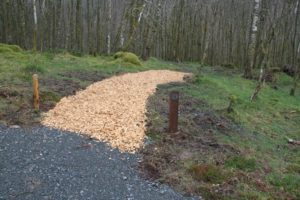
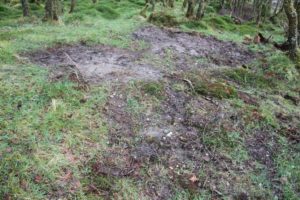
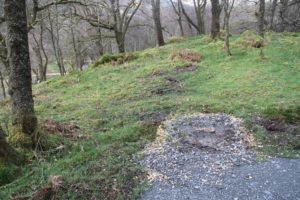
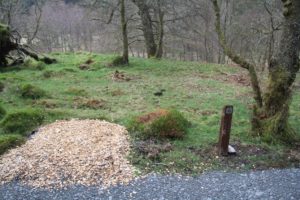
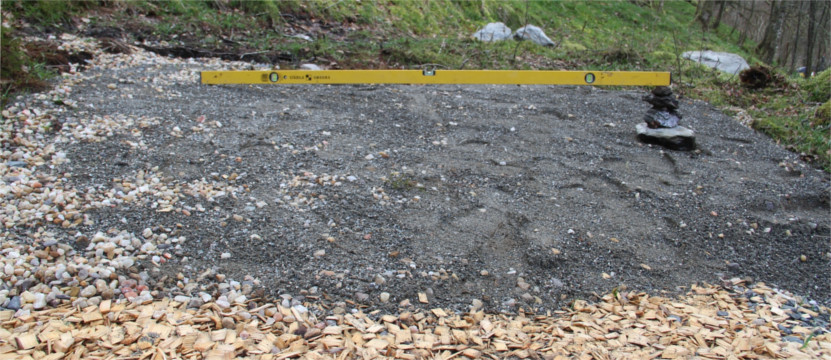
Well written, it is disgraceful behaviour by the Board to accept this mess. Sack them!
I totally disagree with your assessment of the campsite. As a local and someone who has experienced first hand the anti-social behaviour and destruction of the environment here, I can assure you that the presence of rangers and the campsite have lessened these issues dramatically. I would urge you to learn more about the issues we faced here and the work the rangers do.
Also, the ancient woodland you mention, was being destroyed by toileting, burning dead wood that is essential in adding nutrients to the soil and littering. Now it is being managed and protected.
So the people involved in the anti social behaviour they just vanished did they?